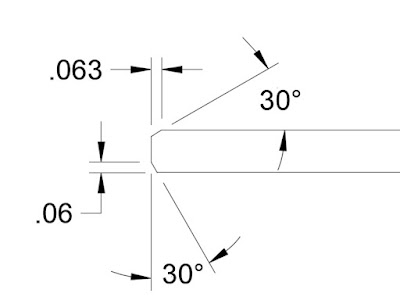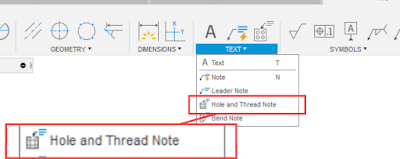A few years ago, I developed what some might consider an odd habit as I started to learn aircraft mechanics.
Every weekend, I'd sit at the local watering hole, enjoy an "adult beverage" (responsibly of course), and do something not many people see in a pub.I'd pull out a composition notebook, and write down a few things I learned.
You read that right, a notebook, writing with a pen and paper.
Sometimes it took me five minutes. Sometimes it took me thirty minutes, but I always tried to get those notes record that lesson learned..
It might be something I learned not to do, or some pearl of wisdom from a silver haired mechanic who had been working on airplanes since Kennedy was President of the United States.
I don't recall what prompted me to do it. But I found the act of putting my thoughts on that paper with ink helped me slow down and rethink the lesson. It gave me the ability to relive the lesson, and hopefully commit it to a deeper memory.
Eventually, after a few years of collecting notes, I've got a very well used, and nearly full notebook full of lessons.
Looking at that somewhat beat up notebook, I realized it's a collection of knowledge and experience, something I can look back, and reflect on.
At some point I plan on transferring those lessons electronically, I may even do that on on this blog. While this lessons aren't CAD related, they at the very least may teach transferable lessons to the CAD world.
For now, I'll leave you all with this thought. consider coming up with your own version of the dog-eared notebook. We all learn something every day.
Maybe we just need to take a few minutes to slow down, and remember the lessons.
They can pay off one day, either for yourself, or perhaps for the next person that comes along.
About the Author:
Jonathan Landeros is a degreed Mechanical Engineer and certified Aircraft Maintenance Techncian. He designs in Autodesk Inventor at work, and Autodesk Fusion 360 for home projects.
For fun he cycles, snowboards, and turns wrenches on aircraft.






.jpg)






































